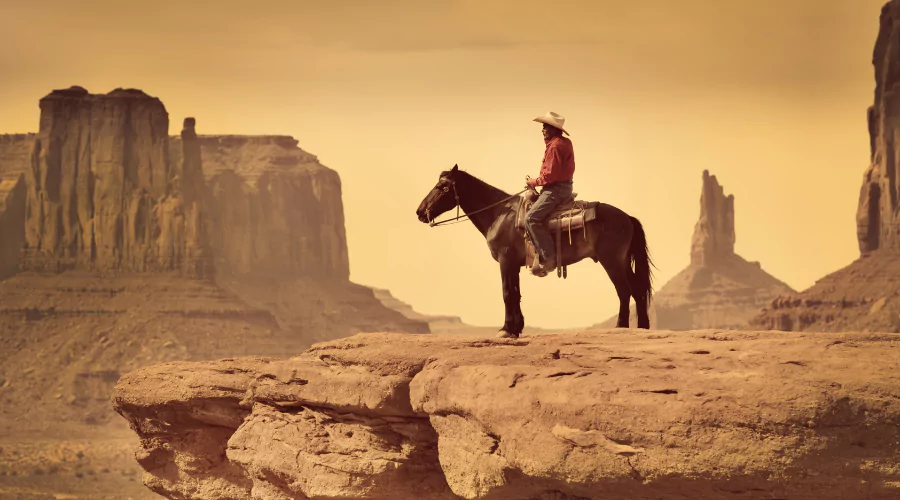Horses are gorgeous animals that have been man’s friend in battle, agriculture, and personal travel for thousands of years. Their complicated past is connected with our own — imagine cowboys, the Pony Express, and the like. But frequently overlooked by their foreign competitors, the American horse breeds offer a rich tapestry as diverse and lively as the country’s terrain they have helped build. This extensive examination will expose the tales, traits, and legacies of the most renowned horse breeds that make the United States their home.
The Historical Significance of American Horses
Horses have been a part of the American tale since their arrival on the continent — first as a colonial import and later as one of the primary characters of the Western expansion. From the Spanish conquistadors who carried over the first horses to the plains of the West, to modern-day equestrian activities where American horses continue to make their mark, the history of these equines is a fascinating chronicle reflecting the passion and resilience of the country.
The North American continent has been home to many horse breeds, each with its narrative of genealogy and mythology. The history of American horse breeds is a tale of survival, adaptability, and the unbreakable relationship between humans and horses. When Europeans first set foot on the continent, they imported their stock, which mated with the resilient wild horses, giving birth to new breeds.
The colonial era witnessed the emergence of distinct American breeds, where qualities suited for local circumstances were carefully selected. War horses were vital in the struggles for freedom. When the frontier was populated, the demand for trustworthy, versatile mounts led to the birth of breeds like the American Quarter Horse and the Tennessee Walker.
The Colonial Horse
The fundamental origins of American horse breeding may be traced back to the so-called “Colonial Spanish horse,” imported by the Spanish explorers in the 1500s. These tough and adaptable horses were the basis on which many American breeds would be constructed. Admired for their endurance and agility, they rapidly made their way into the Native American tribes and were crucial to developing the cultures and civilizations of the American Southwest.
The Working Horses of the West
In the 19th century, the American West was a vast area where the capacity to travel enormous distances, frequently across tough terrain, was required. The Mustang, a descendant of the Spanish horse, became an emblem of this environment: fierce, sure-footed, and untamed. This period also created one of the most iconic emblems of American society — the cowboy and his loyal horse.
Modern Day Equestrian Champions
Finally, the American horse business has produced countless champions in equestrian sports. From the huge American Quarter Horse dominating the rodeo arenas to the elegant thoroughbreds ripping across the racetracks, American breeds continue to push the frontiers of athletic performance and elegance.
Breeds in the Rumble: The Diverse Family of American Horses
Diversity is the cornerstone of American horse breeds. From the powerful plow horses to the graceful sport horses, the United States is home to diverse equine characteristics. Let’s take a closer look at a handful of the more notable ones.
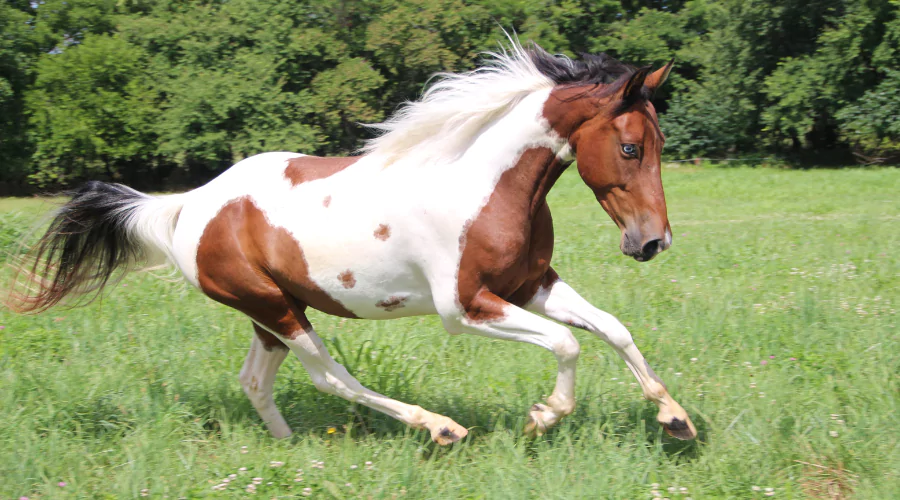
1. The Appaloosa: A Work of Art on Four Legs
A breed typically ornamented with a brilliant coat of speckled patterns, the Appaloosa is noted for its intelligence and agility. Originally bred by the Nez Perce tribe, these horses were highly esteemed for their endurance and were commonly employed for hunting and fighting. Today, they excel in several disciplines, from Western pleasure riding to endurance events.
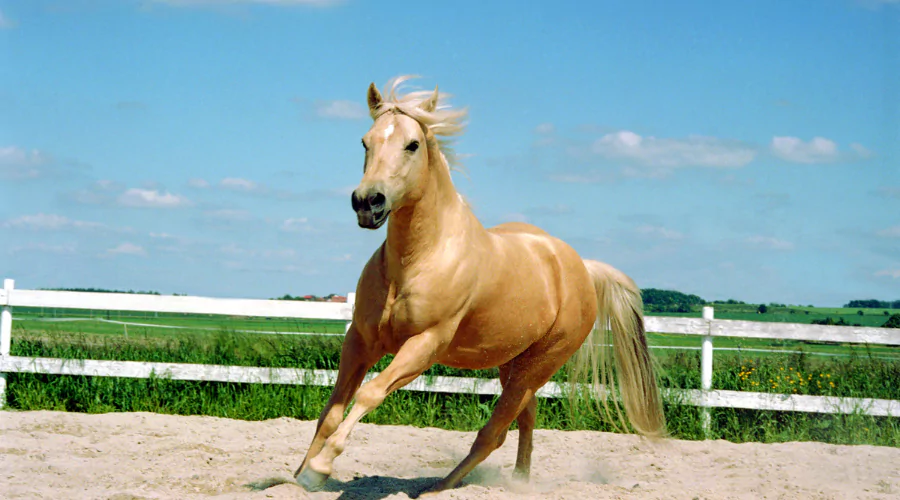
2. The American Quarter Horse: Speed and Versatility Incarnate
The American Quarter Horse, frequently promoted as “America’s Horse,” is a paragon of speed, strength, and agility. Its name harkens back to its past as the quickest horse over a quarter-mile race, but its powers extend far beyond the track. This type is the most preferred option for ranch labor because of its rapid acceleration and ability to pivot quickly, which won the breed a revered position in American cowboy legend.
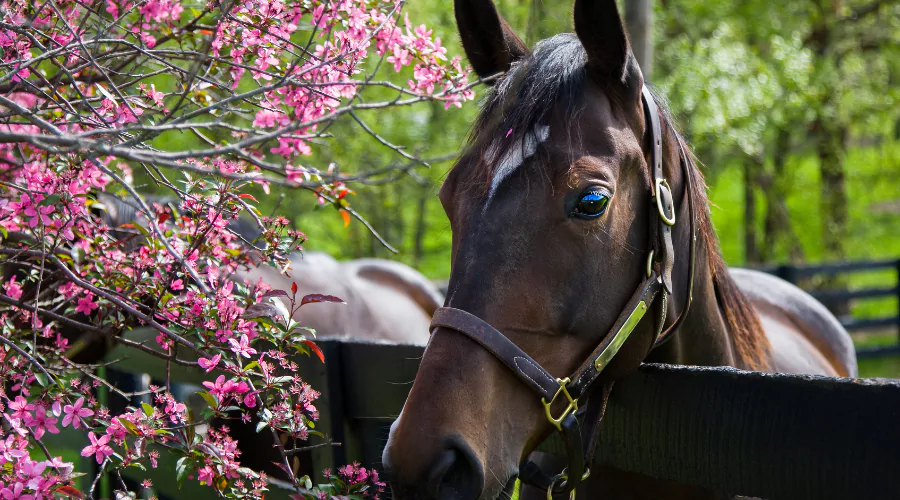
3. The Thoroughbred: From the British Isles to the American Soil
While not an indigenous American breed, the Thoroughbred has firmly established its foothold in the United States. Bred for the racetrack in the British Isles, the Thoroughbred was transported to America and has become a dominating force in horse racing. With speed and stamina instilled into its veins, American Thoroughbreds continue to set the pace in the sport of kings, frequently praised for their competitive spirit and beautiful stride.
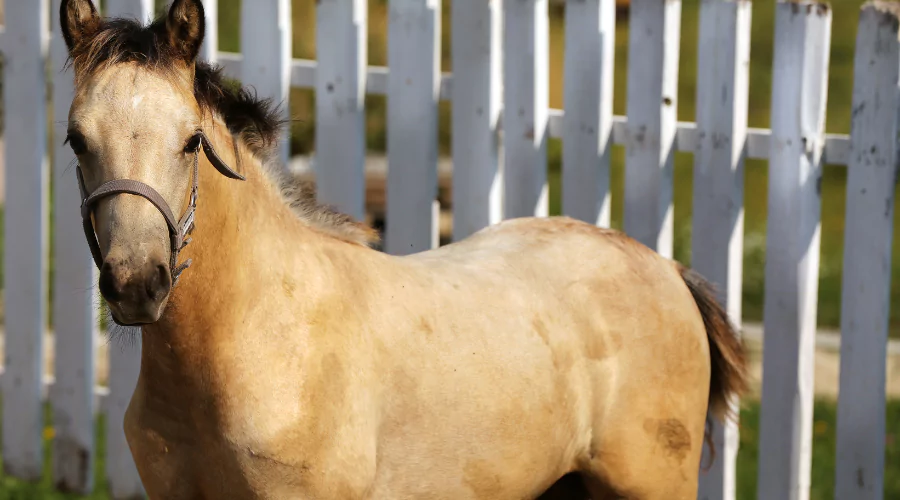
4. The Morgan Horse: A Colonial Steed’s Enduring Legacy
One of the first American horse breeds, the Morgan Horse, traces its genealogy back to a single stallion, Justin Morgan. Known for its beauty and grace, it is the basis of numerous American breeds, notably the Standardbred and the American Saddlebred. Renowned for its amiable disposition and superb conformation, the Morgan has found success in many paths – from farm labor to harness racing.
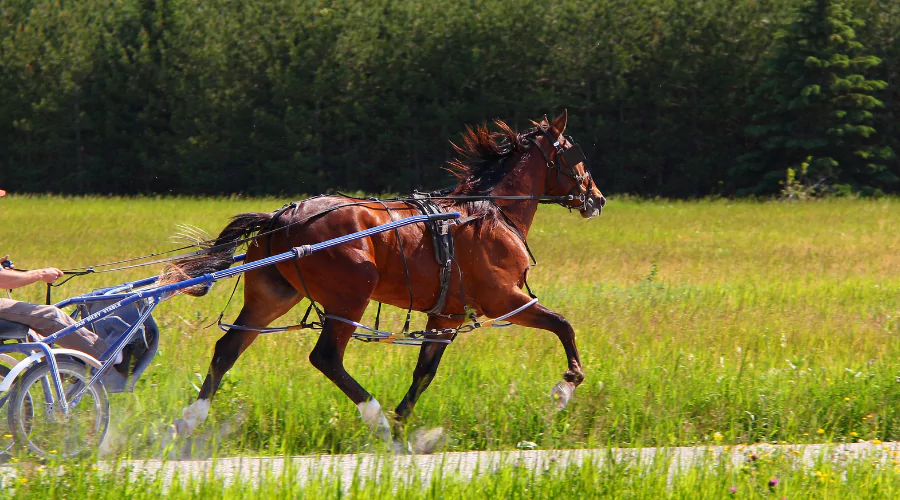
5. The American Standardbred: A King in Harness
Developed in the United States from Thoroughbred, Morgan, and Canadian Pacer bloodlines, the American Standardbred is a horse of numerous skills. Named for its ability to trot or pace a mile in a ‘standard’ time, this breed is the dominant contender in harness and sulky racing. Beyond the track, the Standardbred’s easy-going demeanor and industrious disposition make it a good option for pleasure driving and regular agricultural usage.
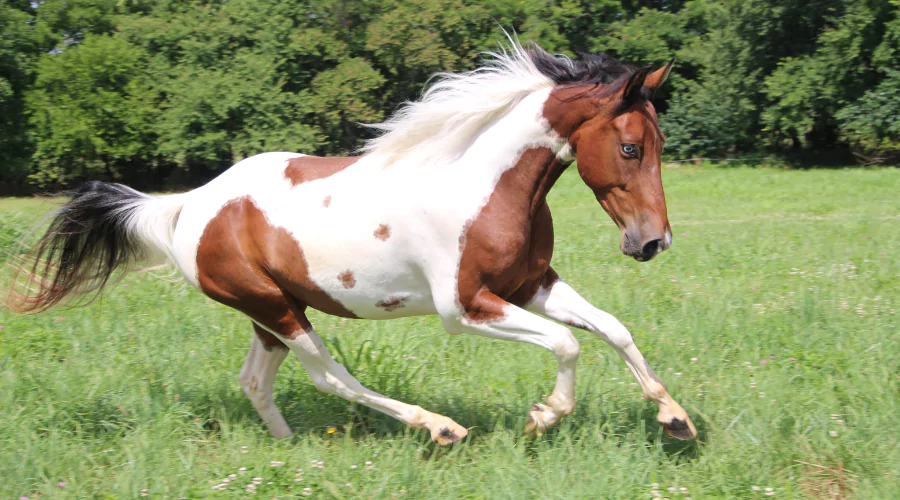
6. The American Paint Horse: A Colorful Canvas of Skills
Not only a horse with a nice coat, the American Paint Horse is recognized for its often striking coat patterns and color. A blend of Pinto patterns and the abilities of a Quarter Horse makes this breed popular for people wanting a versatile and sure-footed equine companion. Excelling in Western sports, cutting, and a range of other activities, the American Paint Horse appeals to both racers and riders alike.
FAQs
What Makes American Horse Breeds Unique from Their International Counterparts?
American horse breeds have been deliberately produced to fit the distinct demands of the country’s terrain and industries. Whether it’s necessary for a quick steed on the plains, a muscular draft horse on the farm, or a horse with the stamina to cross vast distances, the variety of American breeds reflects the nation’s sociological and geographical needs.
What Challenges Do American Horse Breeds Face Today?
Like many breeds, American horses suffer difficulties such as overbreeding, neglect, and concerns associated with urbanization. Preservation efforts by breed registries and fans are vital in keeping these animals’ genetic variety and legacy, ensuring they have a viable future.
Are American Horse Breeds Mainly for Agriculture and Sport, or Are They Also Popular Companions?
While American horse breeds have a major presence in agriculture and numerous sports, they also make great companions for trail riding, pleasure, and as pets for equestrian enthusiasts. The various characteristics of these breeds mean there’s a match for every style of horse enthusiast, from the casual rider to the dedicated competitor.
How Does One Choose the Right American Horse Breed?
Selecting the proper breed is a personal decision impacted by one’s riding discipline, temperament, and even aesthetic preferences. Research on the history, physical qualities, and habits of each breed is vital in making an educated choice, however personal compatibility and the intended usage remain crucial aspects.
Conclusion
As we shut the barn door on our journey, it’s evident that the contributions of American horse breeds to the nation’s history, culture, and economics are enormous. They have physically and symbolically carried the hopes, goals, and aspirations of generations, symbolizing the essence of the American spirit — free-spirited but strongly tied to the land. As guardians of this irreplaceable history, our responsibility is to commemorate, safeguard, and maintain the legacy of these amazing animals.
From the classic quarter-mile dashes to the peaceful trails of the rural Midwest, American horse breeds stand strong, their shapes engraved against the background of a country on the move. They are not merely a part of history; they are a lasting aspect of being American.
You May Also Like:
The Rich Heritage of Irish Horse Breeds
Top 10 Rarest French Horse Breeds
Japanese Horse Breeds: The Legacy of Nobility
Italian Horse Breeds: History, Elegance, and Diversity
Horse Saddle: Types, Parts, and Differences Between English and Western Saddles
